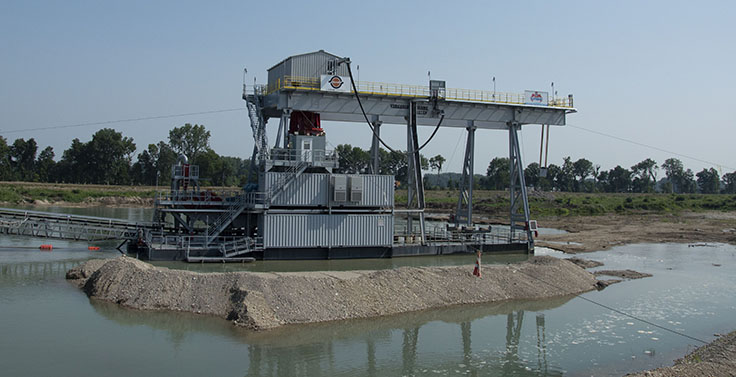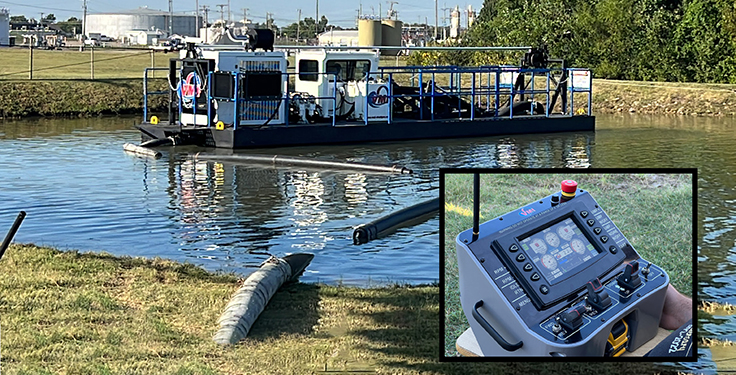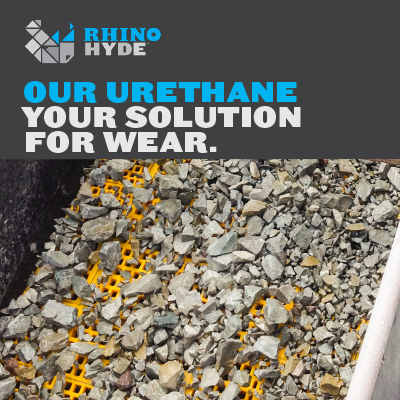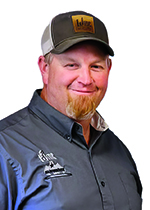
Michigan-based LJ Inc., a provider of turnkey aggregate plant solutions, acquired Supreme Manufacturing this summer. Based in Stoneboro, Pennsylvania, Supreme’s main product lines are floating clamshell dredges and conveyors, ancillary dredge equipment, and components. P&Q caught up with LJ Inc. vice president Tracy Slieff to discuss the LJ-Supreme deal, his personal experience with dredging, and his vision for the future.
Why did LJ Inc. ultimately decide to acquire Supreme? What are LJ’s goals at the moment?
We saw a need for dredging to be able to take over the future of things because it’s so hard to get property. It’s so hard to get mining permits, so you’ve got to capitalize on [the reserves] that are there.
We bought an old dredge, tore it completely down and refurbished it. We have an automation background, and we’re trying to build pits that are autonomous and plants that are totally autonomous because the manpower isn’t there. People don’t really want to work, and they want to work at a different pace.
That’s fine, but if plants can run unmanned – and if you have people to troubleshoot and support them, and people to grease and clean them up – that’s going to give you the ability to capitalize on your investments.
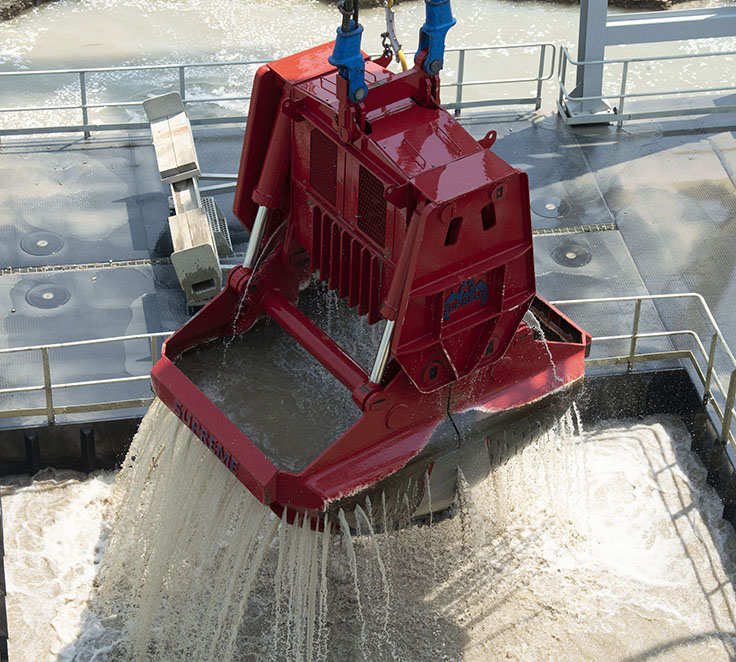
But anyway, we bought a dredge and we’re doing R&D right now. It’s running semi-autonomously. We’re not quite ready to take it to the market, but we’re very close.
With that said, we were getting ready to build a facility to start manufacturing dredges. Then, [longtime Supreme Manufacturing president] Neil [Hoobler] happened to see an article [about us] and reached out. It was a perfect match for what we’re trying to accomplish.
What does semi-autonomous and autonomous dredging entail?
The dredge we are currently doing R&D on starts up at 5 in the morning with no operator. It runs until midnight and shuts down with no operator.
I do have an operator who oversees it. He’s notified if there’s a problem, and he does go out to grease things, make sure belts are tracked and helps to clean up. He oversees everything on it.
Basically, you can take the coordinates of the pond you want to dig, put them into a system and say: ‘This is what I need to accomplish.’ This thing will dig according to the parameters put into the system.
It’ll adjust the conveyors, and it’ll constantly move and dig to meet the expectations you’re trying to set forth with an unmanned situation. It’s safer, too. You keep the people away from the moving parts. You try to keep people away from the dirty and noisy environment.
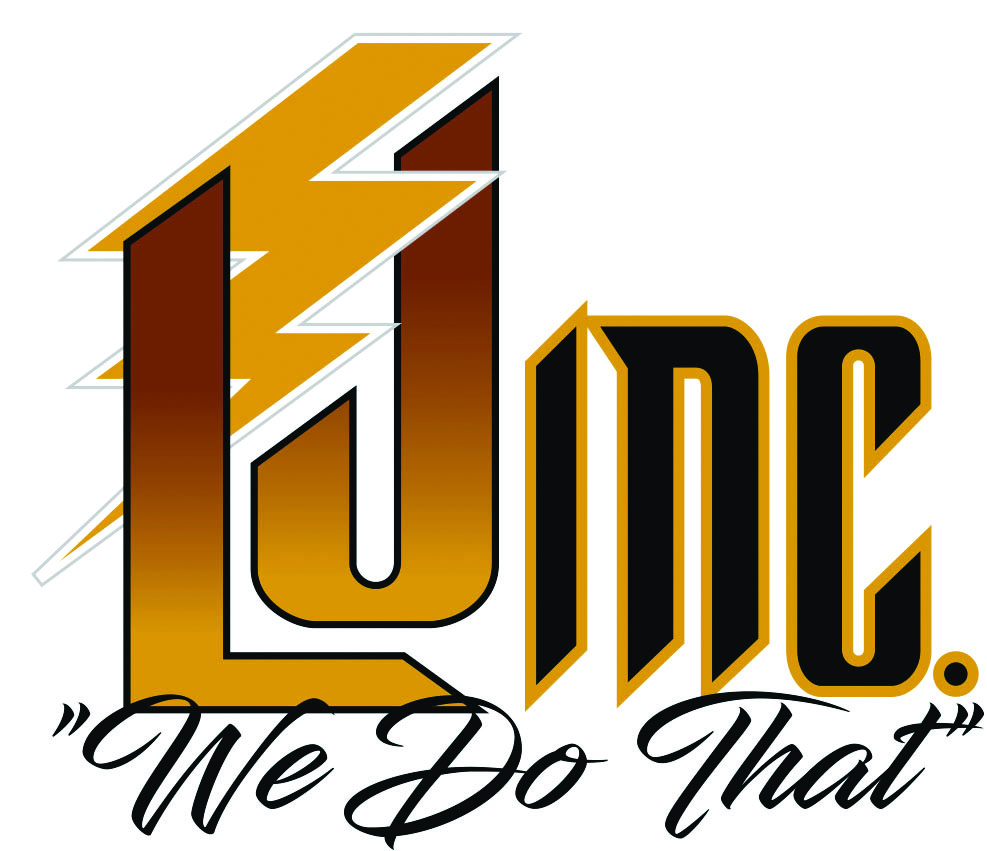
LJ Inc. has historically served some different industries than aggregates. How did you identify dredging as an opportunity to begin with?
My dad was a maintenance man at a gravel pit. We do a little farming, and I worked for a farmer who was a service manager for Simplicity engineering and screens. He taught me the machining side of things and how to troubleshoot the shakers and different screens and feeders.
I went to school at Michigan State for electrical technology. I took on the electrical side of things, and then learned the automation. I have the knowledge of the mechanical side.
I think 1998 is when I got on my first dredge. They always fascinate me.
Related: Hear LJ Inc.’s Tracy Slieff on Episode 23 of P&Q’s “Drilling Deeper” podcast

